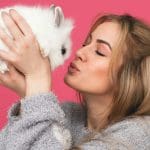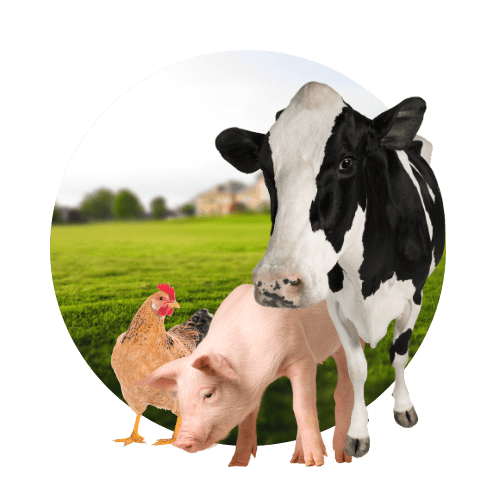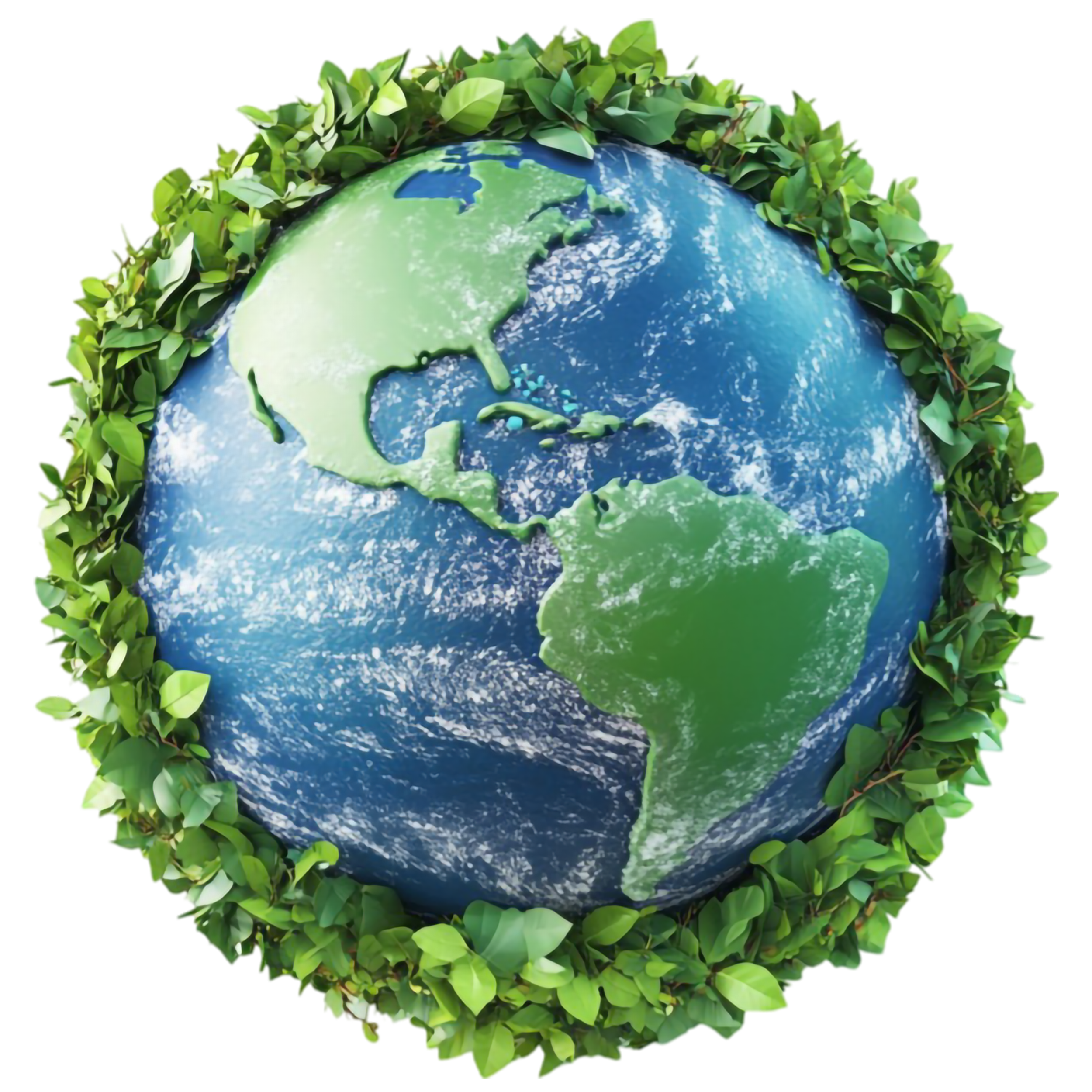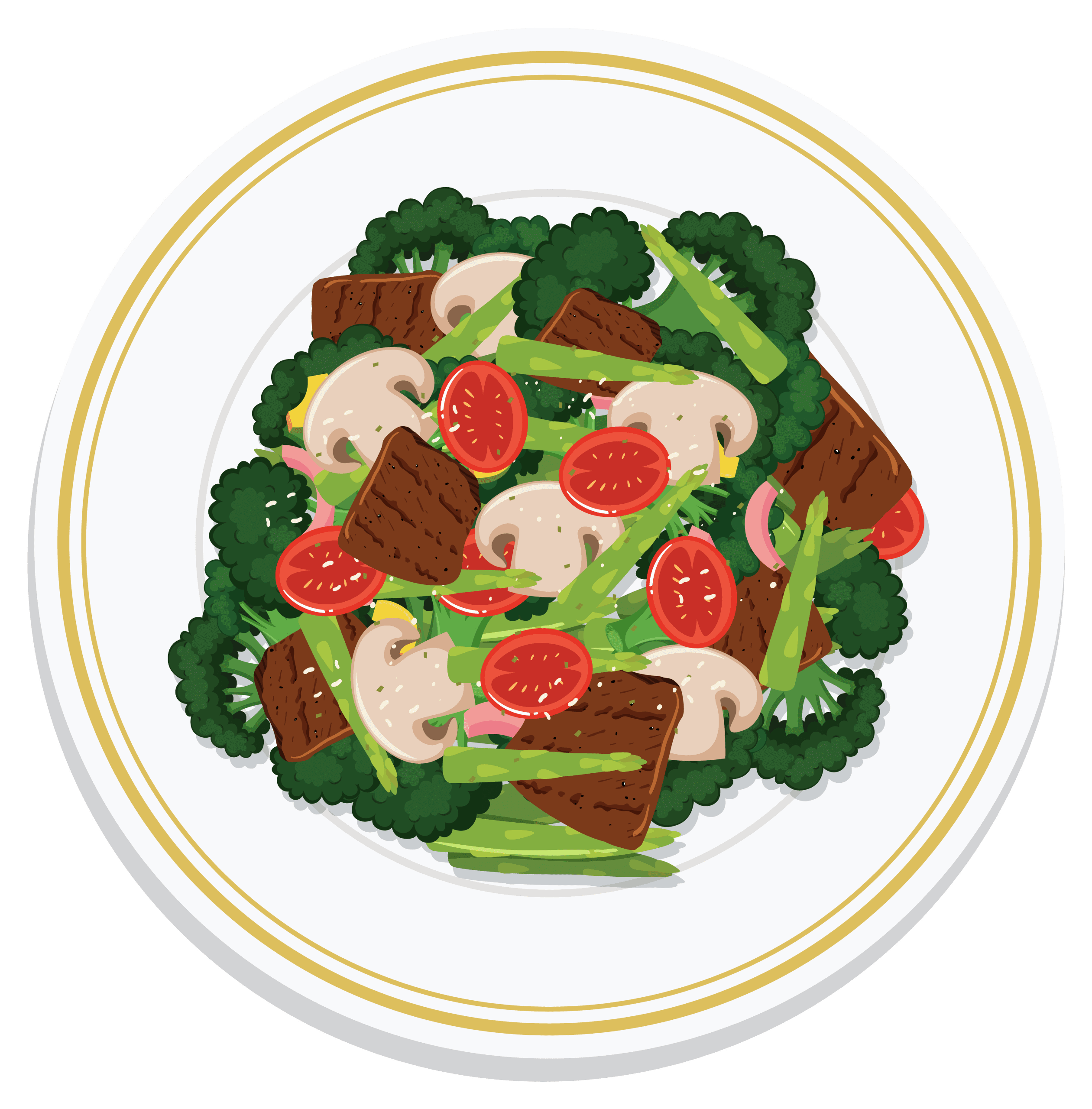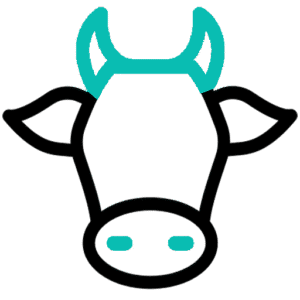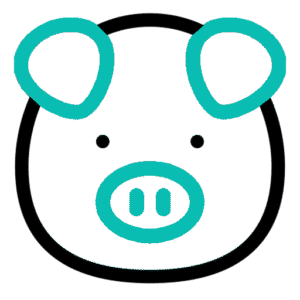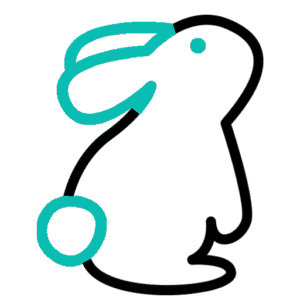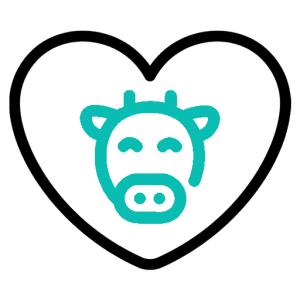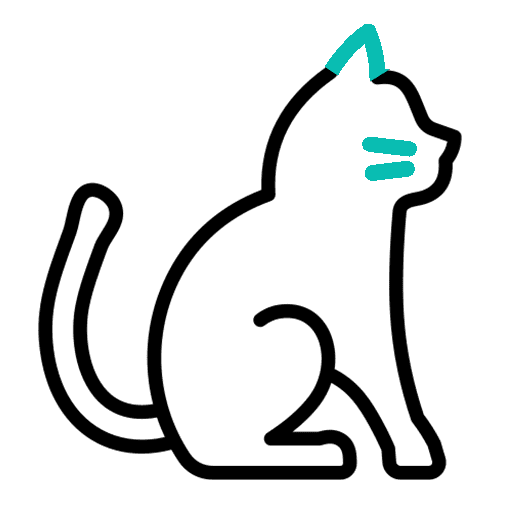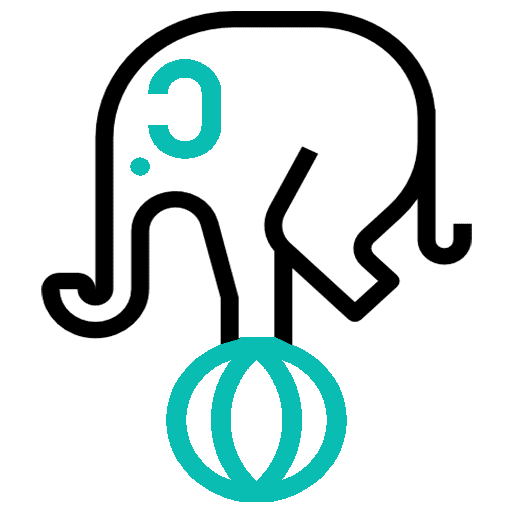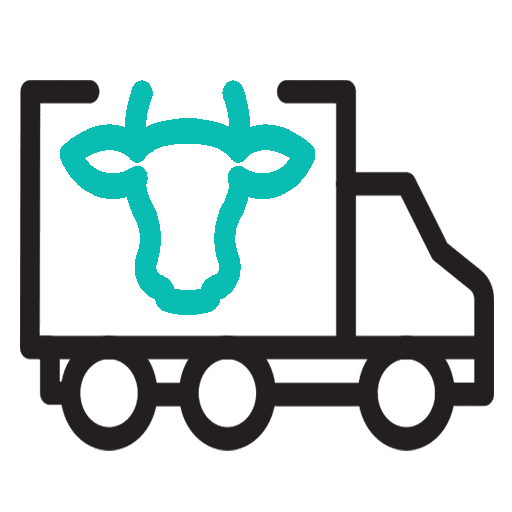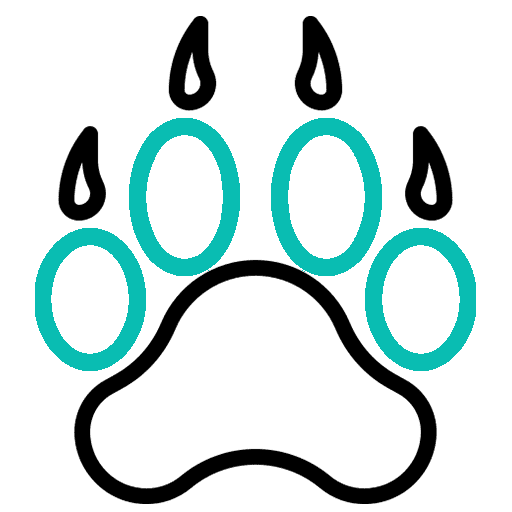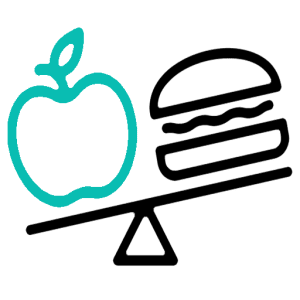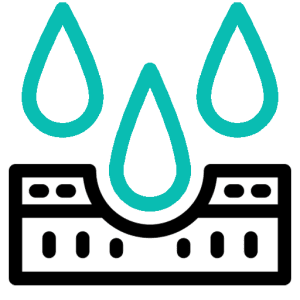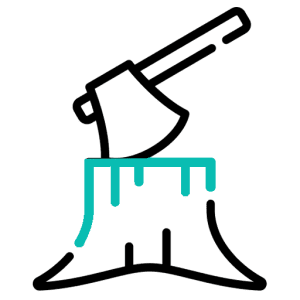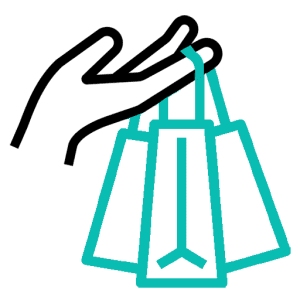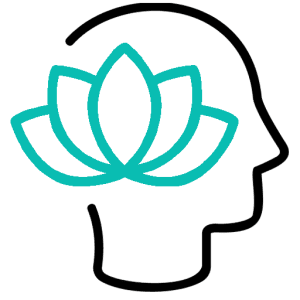A kozmetikai ipar régóta támaszkodik az állatkísérletekre, mint a termékbiztonság biztosításának eszközére. Ez a gyakorlat azonban egyre nagyobb vizsgálat alá került, etikai aggályokat és kérdéseket vet fel a modern idők szükségességével kapcsolatban. A kegyetlenségtől mentes szépség iránti növekvő támogatás a humánusabb és fenntarthatóbb gyakorlatok felé történő társadalmi elmozdulást tükrözi. Ez a cikk az állatkísérletek történetét, a kozmetikai biztonság jelenlegi helyzetét és a kegyetlenség-mentes alternatívák térnyerését mutatja be.
Az állatkísérletek történeti perspektívája
A kozmetikumokban végzett állatkísérletek a 20. század elejére vezethetők vissza, amikor a testápolási termékek biztonsága közegészségügyi kérdéssé vált. Ez idő alatt a szabványos biztonsági protokollok hiánya számos egészségügyi incidenshez vezetett, ami arra késztette a szabályozó testületeket és a vállalatokat, hogy elővigyázatossági intézkedésként állatkísérleteket alkalmazzanak. Teszteket, például a Draize szemtesztet és a bőrirritációs teszteket az irritáció és a toxicitás szintjének értékelésére fejlesztették ki, anyagokat alkalmazva a nyulak szemére vagy bőrére. Ezek a módszerek egyszerűségük és vélt megbízhatóságuk miatt váltak széles körben elterjedtté.
Bár ezek a módszerek némi betekintést nyújtottak a biztonságba, gyakran óriási szenvedést okoztak az állatoknak. A nyulakat engedelmes természetük és a hatékony könnytermelésre való képtelenségük miatt választották ki, hosszú ideig kibírták a káros vegyi anyagok hatását. Rögzítő eszközökben rögzítették őket, így védtelenek voltak a vizsgálatok okozta fájdalommal és szorongással szemben. E tesztek széles körű alkalmazása egyre nagyobb aggodalmat váltott ki az állatjóléti szószólók körében, akik megkérdőjelezték az ilyen gyakorlatok etikáját és tudományos érvényességét.
A 20. század közepére a fogyasztói tudatosság és aktivizmus kezdett hódítani, megkérdőjelezve az állatkísérletek elfogadását a kozmetikai iparban. A nagy horderejű kampányok és a közfelháborodás felhívta a figyelmet az állatok laboratóriumi helyzetére, megalapozva a modern kegyetlenség-mentes mozgalmat.
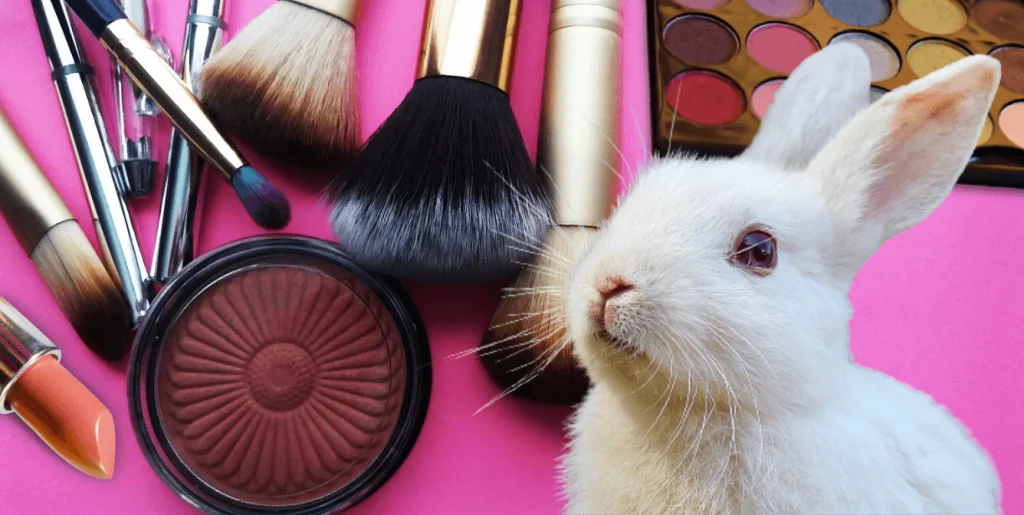
A Tények
- A rákkeltő hatás vizsgálata, amely kísérletenként körülbelül 400 állatot vesz igénybe, nagyon megbízhatatlan, az emberi rákos megbetegedések előrejelzésében mindössze 42%-os a sikerességi arány.
- A tengerimalacokon végzett bőrallergiás tesztek az esetek 72%-ában jósolják meg helyesen az emberi allergiás reakciókat.
- Az in vitro módszerek lehetővé teszik az emberi bőrsejtek laboratóriumi edényben történő tenyésztését a bőrirritáció vizsgálata céljából. Ezek a tesztek pontosabbak az emberi biztonság szempontjából, mivel közvetlenül érintik az emberi sejteket.
- A modern szemirritációs tesztek nyulak helyett in vitro tenyésztett szaruhártyát használnak. Ezek a frissített tesztek egy napon belül eredményt adnak, szemben a nyúltesztekhez szükséges két-három héttel, amelyek gyakran pontatlanok.
- A fejlett számítógépes modellek már a meglévő összetevők kémiai szerkezetének és viselkedésének elemzésével előre jelezhetik a toxicitást, így nincs szükség állatkísérletekre.
Sajnálatos módon a fejlett, nem állatokon végzett vizsgálati módszerek széles körben elérhetősége és a már biztonságosnak ítélt összetevők ezrei ellenére számtalan állat szenved továbbra is kegyetlen és szükségtelen teszteket a kozmetikai összetevőkre szerte a világon. Ezek az embertelen gyakorlatok még a közvélemény erős ellenállása és az állatjóléttel kapcsolatos növekvő tudatosság ellenére is fennállnak. A nyulak, egerek, tengerimalacok és más állatok minden évben fájdalmas eljárásokat szenvednek el, amelyek közül sokan megsérülnek, megvakulnak vagy elpusztulnak, mindezt azért, hogy teszteljék azokat a termékeket, amelyek alternatív módszerekkel biztonságosan előállíthatók.
Az egyre inkább összekapcsolódó globális piacon kulcsfontosságú, hogy az országok egyesüljenek a kozmetikai termékek állatkísérleteinek megszüntetése érdekében. Az egységes megközelítés nemcsak az állatok védelmét biztosítja, hanem a kegyetlenség-mentes termékek előállítására törekvő etikus vállalkozások versenyfeltételeit is. Az innovatív tudományos módszerek, mint például az in vitro tesztelés és a számítógépes modellezés alkalmazása révén megóvhatjuk mind az emberi egészséget, mind az állatok jólétét, miközben a kozmetikai tudományt továbbfejlesztjük.
Meggyőződésünk, hogy a kegyetlenségtől mentes kozmetikumok gyártása és vásárlása erkölcsi kényszert jelent – egy lépést egy együttérzőbb és felelősségteljesebb világ felépülése felé. Összhangban van az etikus fogyasztás értékeivel, amelyeket a fogyasztók világszerte egyre inkább követelnek. A felmérések folyamatosan azt mutatják, hogy az emberek olyan márkákat akarnak támogatni, amelyek előtérbe helyezik az állatjólétet és a fenntarthatóságot. A kozmetikumok jövője a kegyetlenség nélküli innovációban rejlik, és mindannyiunkon – a kormányokon, a vállalkozásokon és az egyéneken – múlik, hogy ezt az elképzelést valóra váltsuk.
Több mint 50 éve az állatokat fájdalmas kozmetikai teszteknek vetik alá. A tudomány és a közvélemény azonban fejlődött, és ma új kozmetikumok kifejlesztéséhez nem szükséges és nem is elfogadható az állatok károsítása.
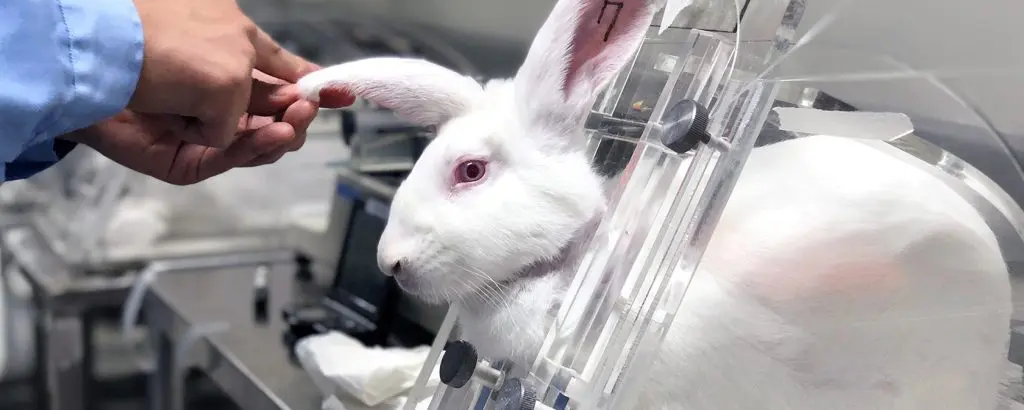
Állati eredetű összetevők a kozmetikumokban és piperecikkekben
Az állati eredetű összetevők általában megtalálhatók a kozmetikai és testápolási termékek széles választékában. Sok jól ismert anyagot, például tejet, mézet és méhviaszt gyakran használnak olyan termékekben, mint a samponok, tusfürdők és testápolók. Vannak azonban kevésbé ismert összetevők is, mint például a cibet-pézsma vagy az ámbra, amelyeket olykor úgy adnak hozzá parfümökhöz és borotválkozás utáni szerekhez, hogy a termék csomagolásán kifejezetten nem szerepelnek.
Az átláthatóság hiánya kihívást jelenthet a fogyasztók számára, hogy teljes mértékben tisztában legyenek a naponta használt termékek állati eredetű összetevőivel. Az alábbiakban felsorolunk néhány, a kozmetikumokban és piperecikkekben előforduló állati összetevőket, valamint példákat a felhasználási helyekre. Kérjük, vegye figyelembe, hogy ez a lista nem teljes, és a kozmetikai termékekben sok más állati összetevő is előfordulhat, különösen az illatanyagokban, amelyek az összetevők közzététele tekintetében kevésbé szabályozottak.
- Allantoin (tehénekből és más emlősökből származó húgysav): Ezt az összetevőt krémekben és testápolókban használják a bőr megnyugtatására és védelmére.
- Ámbra : A drága illatokban használt ámbrát sperma bálnák termelik, és általában a tengerből vagy a strandokról gyűjtik. Míg a bálnákat általában nem sértik meg a begyűjtési folyamat során, a bálnákból származó termékek vagy melléktermékek kereskedelme etikai aggályokat vet fel, és fenntartja a bálnák árucikkre vonatkozó fogalmát.
- Arachidonsav (állatokból származó zsírsav): Gyakran előfordul bőrkrémekben és testápolókban, ezt az összetevőt olyan állapotok enyhítésére használják, mint az ekcéma és a kiütések.
- Méhviasz (Méhpempő vagy Cera Alba is): Általában tusfürdőkben, samponokban, bőrápoló termékekben és sminkekben található, a méhviaszt méhekből szedik be, és bőrpuhító tulajdonságai miatt többféle felhasználásra is alkalmas.
- Kaprilsav (tehén- vagy kecsketejből származó zsírsav): parfümökben és szappanokban használják, ez a sav az állatok tejéből származik, és antimikrobiális tulajdonságokkal rendelkezik.
- Kármin/kochineál (zúzott koseni rovar): Ez a vörös színezőanyag általában megtalálható a sminkekben, samponokban és tusfürdőkben, és a koseniális rovarból származik.
- Castoreum : A hódok illatként állítják elő, a castoreumot hódokból nyerik, akiket gyakran elpusztítanak a betakarítási folyamat során. Noha használata csökkent, néhány luxusparfümben még mindig jelen van.
- Kollagén : Míg a kollagén baktériumokból és élesztőgombákból állítható elő, gyakrabban állati eredetű, például marhahúsból vagy halból származik. Ezt a fehérjét széles körben használják bőrápoló termékekben, mivel javítja a bőr rugalmasságát és hidratáltságát.
- Civet Musk : Ez az illat az afrikai és ázsiai cibetből származik, amelyeket gyakran rossz körülmények között tenyésztenek. A cibet-pézsma előállításához használt váladékot fájdalmas és invazív módon nyerik ki, ami aggályokat vet fel az állatkínzás miatt.
- Guanin : A halak pikkelyeiből kivont guanint gyakran használják sminktermékekben, különösen szemhéjfestékekben és rúzsokban, hogy csillogó hatást biztosítsanak.
- Zselatin : Az állati csontokból, inakból és szalagokból származó zselatint sűrítőanyagként használják különféle kozmetikumokban és piperecikkekben.
- Méz : A mézet tusfürdőkben, samponokban, bőrápoló termékekben és sminkekben használják, és természetes hidratáló és antibakteriális tulajdonságai miatt értékelik.
- Keratin : Különböző állatok őrölt szarvaiból, patáiból, tollaiból, tollaiból és szőréből származó fehérje, a keratint samponokban, hajöblítőkben, valamint hajerősítő és tápláló kezelésekben használják.
- Lanolin : A juhgyapjúból kivont lanolin általában megtalálható a smink- és bőrápoló termékekben, ahol hidratálóként és bőrpuhítóként működik.
- Tej (beleértve a laktózt és a savót): A tej a tusfürdők, bőrápoló termékek és parfümök gyakori összetevője, hidratáló és bőrnyugtató hatása miatt értékelik.
- Ösztrogén : Bár vegán változatok is elérhetők, az ösztrogént néha a vemhes lovak vizeletéből vonják ki. Ezt a hormont egyes öregedésgátló krémekben használják a bőr regenerációjának elősegítésére.
- Pézsmaolaj : A pézsmaszarvas, hód, pézsmapocok, cibetmacska és vidra szárított váladékából nyerik, a pézsmaolajat parfümökben használják. A betakarítási folyamat gyakran fájdalmas és embertelen, ami aggályokat vet fel az állatkínzás miatt.
- Sellak : Ezt a gyantát a bogarak termelik, és olyan termékekben használják, mint a körömlakkok, hajlakkok, bőrápoló termékek és parfümök. A bogarak a betakarítási folyamat során elpusztulnak, ami etikai aggályokat vet fel a használatával kapcsolatban.
- Csigák : A zúzott csigákat időnként bőrhidratáló szerekben használják, feltételezett gyógyító és öregedésgátló tulajdonságaik miatt.
- Szkvalén : Ezt az összetevőt, amelyet gyakran a cápák májából nyernek, általában dezodorokban és hidratálókrémekben használják. A cápából származó szkvalén használata aggodalomra ad okot a túlhalászás és a cápapopulációk kimerülése miatt.
- Faggyú : A tehenekből és juhokból származó állati zsírok egyik fajtája, a faggyú gyakran megtalálható szappanokban és rúzsokban.
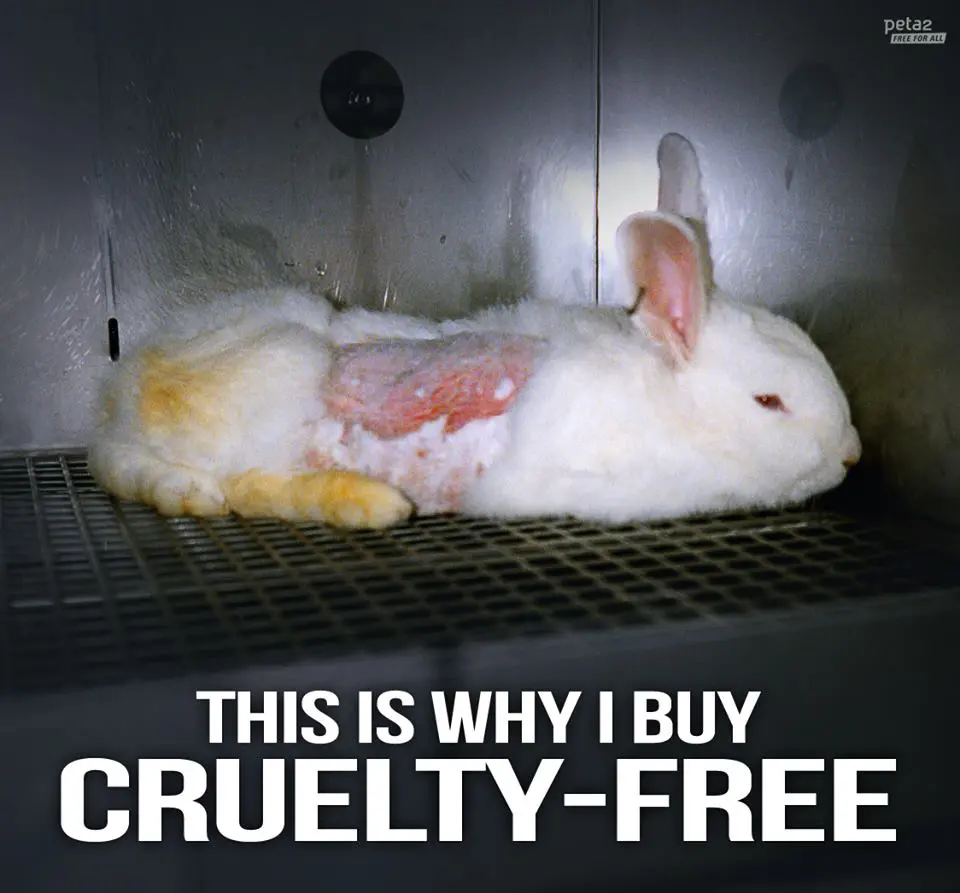
Az összetevőlisták átláthatóságának hiánya miatt, különösen a parfümök és illatanyagok esetében, a fogyasztók számára rendkívül nehéz lehet azonosítani a megvásárolt termékekben használt összes állati eredetű összetevőt. Általános szabály, hogy ha egy vállalat nem jelöl meg kifejezetten vegánként egy terméket, a fogyasztóknak feltételezniük kell, hogy az állati eredetű összetevőket tartalmazhat. Az egyértelmű címkézés hiánya tovább hangsúlyozza a nagyobb átláthatóság és etikus gyakorlatok támogatásának fontosságát a kozmetikai és tisztálkodószer-iparban.
A segítség kéznél van!
A valóban kegyetlen és vegán kozmetikumok és testápolási termékek megtalálása az elmúlt években jelentősen könnyebbé vált az állatvédő szervezetek erőfeszítéseinek köszönhetően. Ezek a szervezetek olyan tanúsítványokat hoztak létre, amelyek egyértelművé teszik, hogy mely márkák felelnek meg az etikai normáknak, és nem tesztelnek állatokon, és nem használnak állati eredetű összetevőket. Az e csoportok által biztosított tanúsítványok és logók egyszerű módot kínálnak a fogyasztóknak arra, hogy azonosítsák azokat a márkákat, amelyek elkötelezettek a kegyetlenség-mentes gyakorlatok és a vegán készítmények mellett.
A legszélesebb körben elismert és legelismertebb állatjóléti tanúsítványok közé tartozik a Leaping Bunny, a PETA Cruelty-Free Bunny logója és a Vegan Society vegán védjegye. Ezek a jóváhagyások értékes eszközök a döntéshozatali folyamatban azok számára, akik elkötelezettek az etikai meggyőződésüknek megfelelő termékek vásárlása mellett. Az állatvédő szervezetek folyamatosan frissítik listáikat és információikat, biztosítva, hogy a lakosság pontos és megbízható forrásokhoz jusson, amikor kegyetlenség-mentes és vegán alternatívákat keres.
Fontos azonban észben tartani, hogy a dolgok változhatnak. A ma cruelty-free vagy vegán minősítéssel rendelkező márkát a jövőben új tulajdonos vagy cég szerezheti meg, és előfordulhat, hogy ezek az új tulajdonosok nem követik ugyanazokat az etikai elveket, mint az eredeti alapítók. Ez oda vezethet, hogy egy márka elveszíti a cruelty-free vagy vegán minősítését. Bonyolult helyzetről van szó, mivel az eredeti márka értékei időnként megváltozhatnak az új tulajdonossal, és ez a változás nem mindig látható azonnal a fogyasztó számára.
A szépség- és testápolási ipar folyamatosan fejlődik, és ezzel együtt a cruelty-free vagy vegán termékekre vonatkozó szabványok néha összemosódhatnak. Például egyes márkák, amelyek egykor megőrizték a kegyetlenségtől mentes státuszt, elkezdhetnek állatkísérletekben részt venni, vagy állati eredetű összetevőket használhatnak fel összetételükben anélkül, hogy frissítenék termékcímkéiket vagy tanúsítványaikat. Az állatok jóléte iránt szenvedélyes fogyasztók ezt frusztrálónak találhatják, mivel nehéz lehet lépést tartani ezekkel a változásokkal és biztosítani, hogy vásárlásaik összhangba kerüljenek értékeikkel.
Ezekben az esetekben elengedhetetlen a megbízható állatjóléti szervezetek folyamatos munkájára hagyatkozni, mivel gyakran ők állnak az élen a változások nyomon követésében. Ezek a szervezetek szorgalmasan dolgoznak azon, hogy naprakész információkkal szolgáljanak arról, hogy mely márkák maradnak cruelty-mentesek vagy vegánok, de az iparág folyamatosan változó tájképe miatt még ők sem tudnak mindig tökéletes egyértelműséget biztosítani. Fontos, hogy tájékozott maradjon a frissített listák ellenőrzésével, a termékcímkék elolvasásával és az olyan márkák támogatásával, amelyek átláthatóak etikai gyakorlatukkal kapcsolatban.
El kell ismernünk saját fogyasztói szerepünk korlátait is. Bár törekszünk arra, hogy etikus döntéseket hozzunk, és támogassuk a kegyetlenségtől mentes vagy vegán márkákat, nem mindig könnyű minden megvásárolt márkáról vagy termékről teljes körűen tájékozódni. Változások történnek, és előfordulhat, hogy nem fogunk minden frissítést. A legfontosabb, hogy továbbra is törekedjünk arra, hogy lehetőség szerint a cruelty-mentes és vegán termékeket válasszuk, és támogassuk azokat a szervezeteket, amelyek az iparág fejlesztésén dolgoznak.
Amit megtehetsz
Minden intézkedés számít, és együtt jelentős változást érhetünk el a kozmetikai iparban az állatkísérletek elleni küzdelemben. Íme néhány módszer, amellyel segíthet a szépségápolási termékek kegyetlenségtől mentes világának megteremtésében:
- A Cruelty-Free és Vegán márkák támogatása
Az egyik leghatásosabb dolog, amit tehet, az, hogy olyan márkáktól vásárol, amelyek tanúsítvánnyal rendelkeznek a kegyetlenségtől mentesen és vegánként. Keressen megbízható logókat, például Leaping Bunny vagy PETA's cruelty-free nyuszi, hogy megbizonyosodjon arról, hogy a vásárolt termékeket nem tesztelték állatokon, és nem tartalmaznak állati eredetű összetevőket. Ezen márkák támogatásával Ön segít megteremteni a keresletet a kegyetlenségmentes termékek iránt, és másokat is ösztönöz, hogy kövessék példájukat.- Saját maga és mások oktatása
Legyen tájékozott az állatkísérletek kérdésköréről és a rendelkezésre álló alternatívákról. A tudás hatalom, és ha megérti az állatkísérletek által okozott károkat és a nem állatokon végzett kísérleti módszerek előnyeit, jobb döntéseket hozhat, és megoszthatja ezt az információt másokkal. Terjessze a figyelmet azáltal, hogy megvitatja a kegyetlenség-mentes lehetőségeket barátaival, családjával és kollégáival, és bátorítja őket, hogy állást foglaljanak az állatkísérletek ellen.- Vegyen részt a kampányokban
Csatlakozzon olyan kampányokhoz, amelyek felhívják a figyelmet az állatkísérletekre, és támogatják a mozgalmat annak megszüntetésére. Számos szervezet indít petíciókat, figyelemfelkeltő akciókat és online kampányokat, amelyeknek szüksége van az Ön hangjára. Petíciók aláírásával, információk megosztásával a közösségi médiában és eseményeken való részvétellel felerősítheti az üzenetet, és nyomást gyakorolhat a márkákra és a kormányokra, hogy tegyenek lépéseket.- A politika megváltoztatásának szószólója
Forduljon helyi politikusaihoz és kormányaihoz, hogy kifejezze álláspontját az állatkísérletekkel kapcsolatban. A politikusoknak és a döntéshozóknak hallaniuk kell az állatok jólétével foglalkozó polgárokat. Levelek írásával, telefonhívásokkal vagy az állatkísérletek betiltásáról szóló petíciókhoz való csatlakozással hozzájárulhat a kozmetikai szerek állatkísérleteit tiltó jogszabályi változtatásokhoz.- Döntse el a felelősségteljes fogyasztót.
Mindig ellenőrizze a címkéket, és tájékozódjon az Ön által támogatott márkákról. Ha egy márka nem mentes a kegyetlenségtől, vagy nem biztos a gyakorlatában, forduljon hozzájuk, és érdeklődjön az állatkísérletekre vonatkozó irányelveikről. Sok vállalat értékeli az ügyfelek visszajelzéseit, és aggodalmának hangot adva azt üzeni, hogy egyre nagyobb az igény a kegyetlen termékek iránt. Vásárlásai komoly hatással lehetnek az iparágra.- Állatjóléti szervezetek támogatása
Adományozzon olyan szervezeteknek, amelyek az állatkísérletek megszüntetésén dolgoznak, vagy önkénteskedjetek. Ezek a csoportok döntő szerepet játszanak a változás előmozdításához szükséges érdekképviseletben, kutatásban és oktatásban. Támogatása segít kampányokat finanszírozni, forrásokat biztosítani a fogyasztóknak, és folytatni az állatok védelméért folytatott küzdelmet a szépségiparban és azon kívül.- Bátorítsa a márkákat, hogy tegyenek jobbat
Forduljon kedvenc szépségápolási márkáihoz, és bátorítsa őket a kegyetlenségtől mentes gyakorlatok alkalmazására. Tudassa velük, hogy törődik az Ön által használt termékek etikájával, és elvárja tőlük, hogy hagyják abba az állatkísérleteket, és keressenek kegyetlenségtől mentes alternatívákat. Sok márka reagál a fogyasztói igényekre, és a közvélemény nyomására újragondolhatja tesztelési politikáját.Ezekkel a lépésekkel Ön a kegyetlenségmentes kozmetikai ipar felé vezető globális mozgalom elengedhetetlen részévé válik. Bármilyen kicsik is tetteitek, összeadódnak, és együtt létrehozhatunk egy olyan világot, ahol az állatokat többé nem bántják a szépség kedvéért. Minden döntésed hozzájárulhat ahhoz, hogy tartós hatást érj el.


